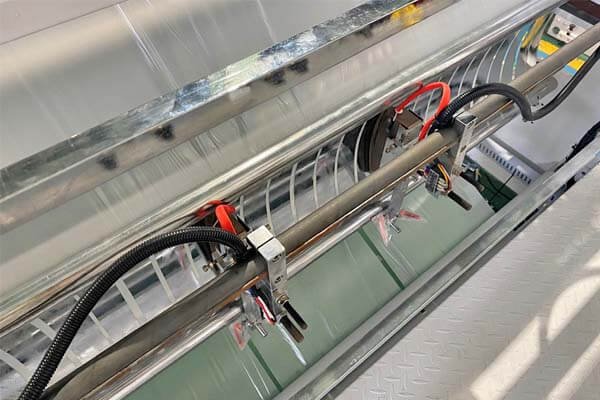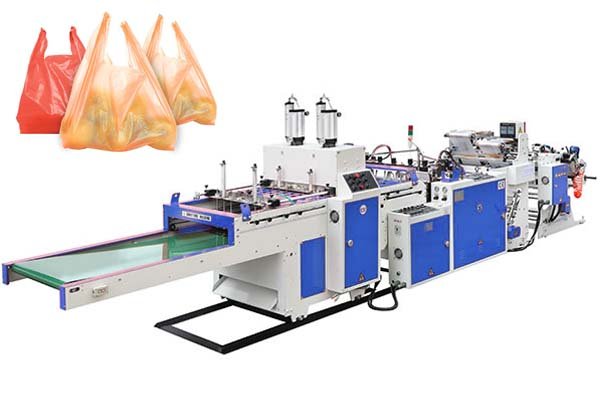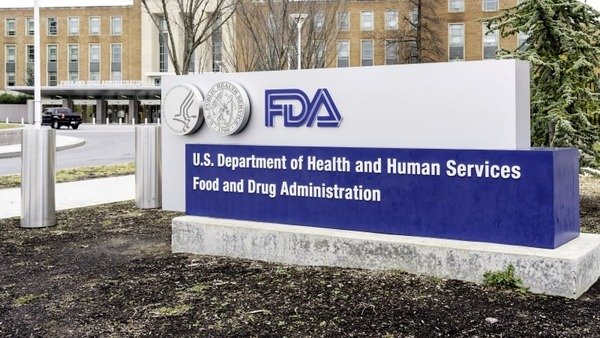
Concerns about FDA compliance] are common when sourcing plastic food storage bags from overseas, particularly from China. Non-compliant products can result in shipment rejections and reputational harm. It’s essential to understand how FDA oversight works and what’s required to ensure your products are acceptable for import and use in the United States.
The FDA does not personally test every plastic food storage bag from China. Instead, the FDA regulates the raw materials, like plastic resins and colorants, ensuring they are safe for food contact. The responsibility falls on the manufacturer and the importer to prove compliance.
How the FDA Regulates Plastic Food Bags
The FDA’s focus is on Food Contact Substances (FCS)—materials intended to come into direct contact with food. Rather than testing each product, the agency sets regulations and relies on documentation and inspections to verify compliance. Random checks may occur at ports, and inspections can be triggered by reports of potential safety issues.
Materials like polyethylene (PE) and polypropylene (PP) are covered under FDA regulations and listed as food-safe in the Code of Federal Regulations (CFR). Manufacturers must ensure these materials are used properly and maintain supporting documentation.
Verifying a Chinese Bag Supplier’s FDA Compliance
Working with a reliable supplier is essential. Verbal assurances aren’t enough—importers need documented proof that the materials and production practices meet FDA requirements.
What to request:
- A Declaration of Compliance (DoC) detailing the materials and relevant regulations.
- Traceability documentation showing the source of raw materials.
- Information on the supplier’s quality control systems.
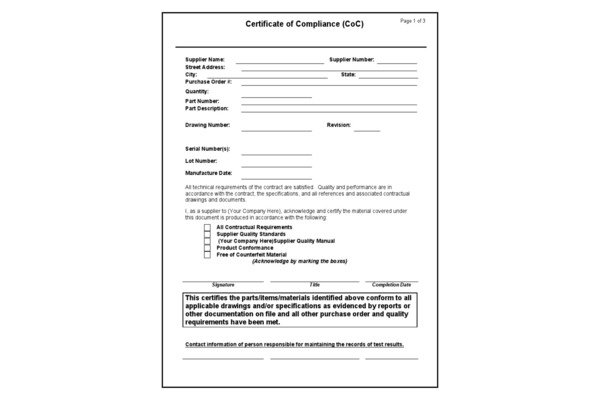
What Should a Declaration of Compliance Include?
A proper DoC should clearly state:
- Manufacturer name and address
- Identification of the product
- Statement of compliance with applicable FDA regulations (e.g., 21 CFR 177.1520)
- Material and additive details
- Any limitations on use (e.g., temperature or food types)
Auditing a Supplier’s Quality Control
Documentation alone doesn’t ensure real-world compliance. A robust quality control (QC) system helps maintain product consistency and safety. For example, a 5-stage inspection process might include:
- Material Verification – Confirming resin specs fall within a strict tolerance.
- Machine Calibration – Ensuring manufacturing equipment operates accurately.
- Stress Testing – Running machines continuously to identify weak points.
- Safety Checks – Validating emergency and operational safety features.
- Shipping Readiness Testing – Verifying that machines disassemble and reassemble correctly.
Supplier Verification Checklist
| Checklist Item | What to Ask For | Purpose |
|---|---|---|
| DoC | Signed compliance declaration | Legal proof of FDA conformity |
| Material Data Sheets | Technical specs for plastics and additives | Confirms FDA-approved materials |
| QC Reports | Sample production inspection reports | Shows real-world quality practices |
| Raw Material Traceability | Supplier sourcing documents | Verifies approved supply chain |
| Factory Tour | Virtual or in-person inspection | Evaluates production standards |
Key FDA Regulations for Plastic Bags
Title 21 of the CFR
The FDA’s regulations for food packaging are found in Title 21 of the Code of Federal Regulations:
- Part 177 – Covers polymers like PE and PP
- Part 178 – Covers additives such as colorants and slip agents
21 CFR 177.1520: Olefin Polymers
This section specifies the grades and formulations of PE and PP that are safe for food contact. It includes requirements for density, melting point, and migration limits.
21 CFR 178: Additives and Adjuvants
Common regulated additives include:
- Colorants (21 CFR 178.3297) – Must be on the FDA-approved list
- Slip Agents – Improve handling of stacked bags
- Plasticizers – Enhance flexibility
Every ingredient must be approved for food contact use.
Good Manufacturing Practices (GMP)
FDA compliance also depends on how the product is made. Facilities must follow GMP, which includes:
- Clean, pest-free production areas
- Regular maintenance to avoid equipment leaks
- Strict separation of compliant and non-compliant materials
A facility certified under ISO 9001 is typically well-aligned with GMP requirements.
How Machine Quality Affects Bag Safety
Even if raw materials are compliant, poorly made bags can compromise food safety. Manufacturing equipment plays a critical role.
High-performance machines help ensure:
- Strong, reliable seals that prevent leaks
- Consistent film thickness to preserve barrier properties
- Minimal stress on materials, reducing chemical risks
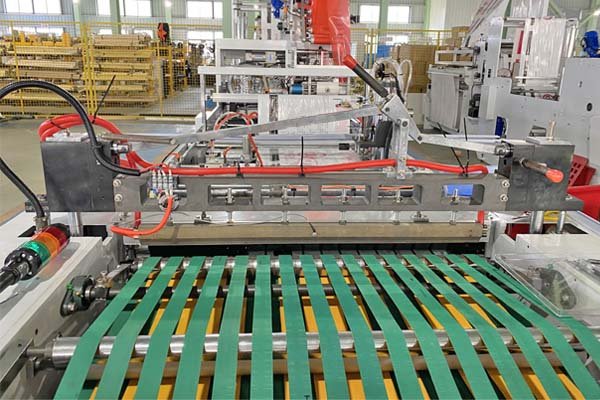
Features That Support Compliance
| Machine Feature | Compliance Benefit |
|---|---|
| Precision Seal Control | Prevents food exposure via leaks |
| Tension Control Systems | Maintains uniform film properties |
| High-Grade Construction | Reduces risk of contamination from wear |
| Programmable Controls | Ensures consistent production parameters |
| Easy-to-Clean Design | Supports hygienic operations |
What Happens if Bags Fail FDA Inspection?
Non-compliant shipments are subject to Import Alerts and may be detained or refused entry into the U.S.
FDA Import Alerts and DWPE
Products on the Red List face Detention Without Physical Examination (DWPE). Getting off this list requires extensive documentation and lab testing—often costly and time-consuming.
Costs of a Failed Shipment
Importers typically bear the costs of:
- Product loss
- Return or destruction of goods
- Port storage fees
- Independent testing
- Lost sales and brand damage
Preventing Non-Compliance
Preventing problems is more cost-effective than dealing with a rejected shipment. Selecting the right partners and machinery can make a significant difference.
Benefits of Working with a Compliance-Focused Manufacturer
- Integrated Support – Helps match materials and machines to specific food packaging needs
- Reliable Equipment – Minimizes waste and maximizes uptime
- Proactive Documentation – Provides all required proof before shipping
Conclusion
The FDA doesn’t inspect every plastic food bag from China. Instead, it sets material standards and expects importers and manufacturers to ensure compliance. Using FDA-approved materials, verifying supplier documentation, and employing high-quality machinery are essential steps to meet these regulations and protect your business from costly disruptions.




